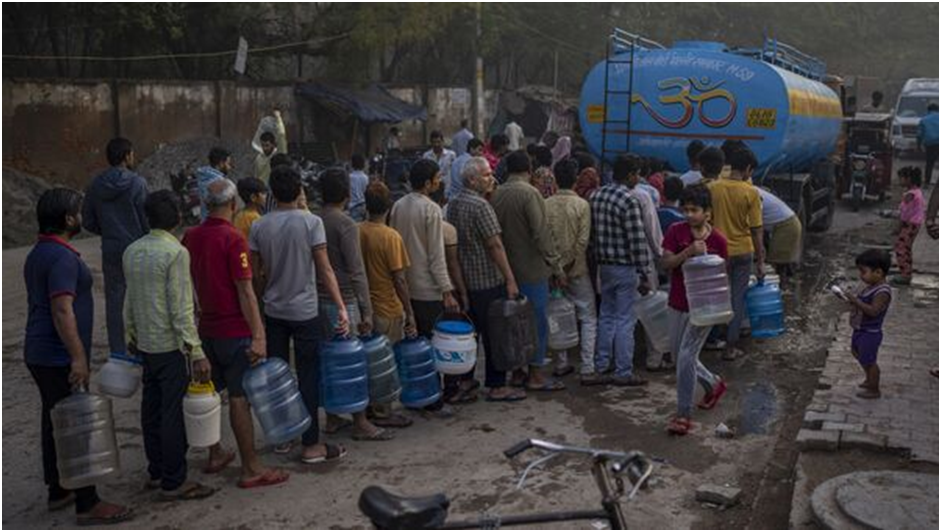QUES . “Air pollution and water shortages are among the problems faced by urban centres across the globe.” Examine this statement. UPSC IES/ISS EXAM 2021 General Studies . 200 Words . 5 Marks
HINTS:
Sustaining healthy environments in the urbanized world of the 21st century represents a major challenge for human settlements, development and management. Air pollution and water shortages are among the problems faced by urban centres across the globe.

Natural sources of urban air pollution include volcanic eruptions, thunders, dust from the earth’s surface and naturally occurring particulate matter. Nevertheless, major factors that contribute to urban air pollution are anthropogenic activities, including transportation, domestic use of fossil fuels, industrialization, power generation, combustion and agriculture and beauty products.
High levels of air pollution can lead to a range of health problems, including respiratory diseases and cardiovascular issues, and can have broader environmental impacts such as climate change. In 2019, World Health Organization (WHO) has considered air pollution as “the greatest environmental risk to health”. According to World Health Organization (WHO) 4.2 million deaths every year occur as a result of exposure to ambient (outdoor) air pollution.
Efforts to reduce air pollution in urban centers include promoting the use of public transportation, encouraging the adoption of electric vehicles, and implementing regulations on industrial emissions.

On the other hand water shortages are also a major issue in urban centers, particularly in regions with limited water resources or inadequate infrastructure. Urbanization can lead to increased water consumption and pollution, exacerbating water scarcity in some areas.
Water shortages can have severe consequences for communities, including health problems, economic challenges, and social unrest.
Efforts to address water shortages in urban centers include improving water management practices, increasing investment in water infrastructure, and promoting water conservation behaviors.
Reducing air pollution and transitioning to cleaner and renewable energy sources is crucial for protecting public health and promoting sustainable development. Flexible and innovative solutions are needed to cope with sudden and substantial changes in water demand for people and their associated economic activities.
ADDITIONAL INFORMATION
Vast gap between the demand and supply of water in urban areas of India
In 2001, urban population was 285 million and assuming water supply of 135 litres per capita per day, the domestic water demand is estimated at around 38,475 million litres per day (MLD), whereas as in 2011 urban population was 377 million with a domestic water demand of 50,895 MLD. It shows that growth in urban population leads to additional water demand of 12,420 MLD in urban areas. The water supply of 135 litres per capita per day (LPCD) as a service level benchmark should be given for domestic water use in urban local bodies. However, currently as per Central Public Health and Environmental Engineering Organisation (CPHEEO), an average water supply in urban local bodies is 69.25 LPCD. This indicates that there is a vast gap between the demand and supply of water in urban areas of India.
In order to meet the future urban water challenges, there needs to be a shift in the way we manage urban water systems. An Integrated Urban Water Management approach must be adopted which involves managing freshwater, wastewater, and storm water, using an urban area as the unit of management. The approach encompasses various aspects of water management, including environmental, economic, technical, political, as well as social impacts and implications.
